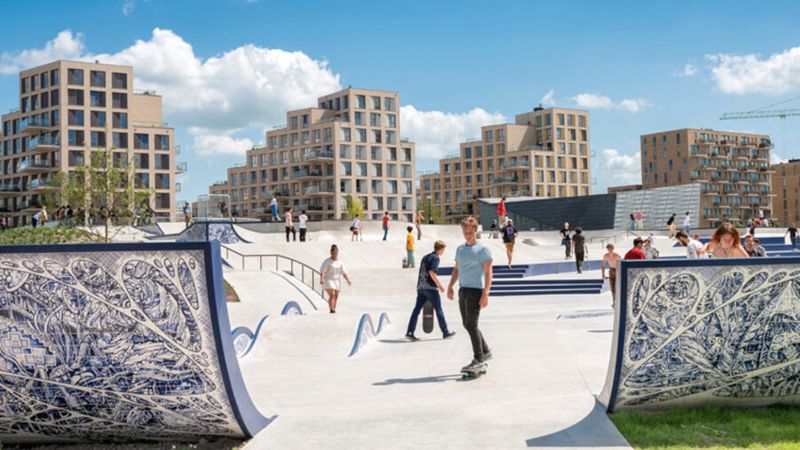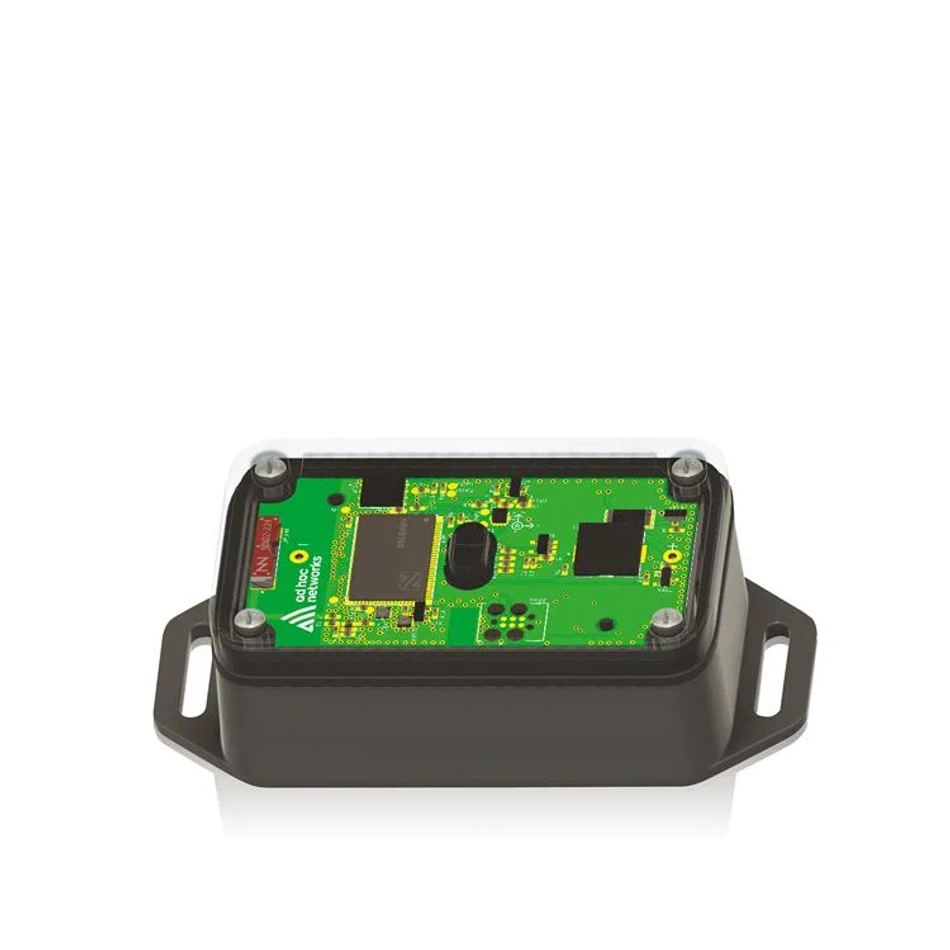Meeting the UN sustainable development goals with technology-driven smarter cities
Improving the lives of people all over the world without harming the planet is one of the biggest challenges facing humanity.

Connect for Good: Low Power Wireless Sustainability Challenge
Nordic Semiconductors invites engineers, entrepreneurs, inventors, and developers to submit a project that uses low-power wireless technology to solve issues related to the United Nations Sustainable Development Goals 7, 11, 13 & 15[1].
These relate to sustainable living and the impact we have on the environment. Your submission must be related to one or more of these goals.
The most innovative idea will be rewarded with a cash prize of $20,000 as well as in-kind project support. Entries are open until October 12th, 2023.
The first 100 valid entries will receive a nRF9160 development kit valued at over $150.
Learn more here about the challenge here.
Meeting sustainability challenges with technology
Improving the lives of people all over the world without harming the planet is one of the biggest challenges facing humanity.
How do we grow economies, reduce hunger and hardship, fight diseases and improve opportunities for all without contributing to climate change? It is this precarious balancing act which the UN’s sustainability development goals seek to find solutions to. But doing so will require a fundamental shift in how - and where - we live. Low-power wireless technology that enables smart city advancements will be a central part of this rethink.
What are the UN sustainability goals?
First adopted in 2015 by all UN member states, the 2030 Agenda for Sustainable Development has 17 Sustainable Development Goals (SDGs). These range from providing quality education and pursing gender equality, to providing affordable and clean energy. But they are underpinned by one central tenet - that improving people’s lives must go hand-in-hand with tackling climate change and working to preserve our oceans and forests.
The exponential growth of cities and urban areas
But one of the biggest problems facing the achievement of these SDGs is that humanity is increasingly gravitating towards urban areas, and these areas are one of the principal drivers of climate change.
The UN projects 68% of the world’s population will live in urban areas by 2050, and this presents challenges because despite only covering 2% of the world’s surface, cities are responsible for consuming about 78% of the world’s energy. They also emit more than 60% of the world’s greenhouse gas emissions. So rethinking cities is a priority if these SDGs are to be achieved.
Technology solutions.
Different cities have grown organically over decades, centuries or even millennia in some cases, expanding to provide infrastructure and services for rising populations. But it is only recently that technology has become available which could for the first time make those cities more responsive to the fluctuating needs of their residents. From traffic management to heating and water use, Internet of Things (Iot) tech is being deployed to turn cities from a simple collection of cement and glass, into a responsive ecosystem able to reduce waste and increase efficiency in virtually every aspect of city life.
Thinking smartly about waste disposal
Refuse is one of the biggest challenges for any urban environment. Not only leading to unsightly streets and alleyways, but causing potentially devastating health and pestilence problems.
Until now this has been dealt with by municipal waste collection services which have been deployed in a ‘one size fits all’ pattern. Streets are swamped with waste collection staff and vehicles who follow the same route, on the same day at the same time. Some of those refuse containers may not even be full, but still the same process is followed.
German-based company adhoc networks has set out to help change all that by creating a waste management solution capable of measuring fill levels in waste containers. The process is made possible by Nordic Semiconductor’s nRF9160 SiP which collates the data and sends it to the cloud. The ‘adhoc smart waste’ device uses built-in optical sensors to monitor the fill levels of a variety of different containers, including underground waste systems which present additional monitoring challenges through reduced visibility and increased storage volume. Operators can then view the information through a centralised web platform and manage waste assets.
The product also includes a gyroscope—for detecting collection events—as well as a temperature sensor and optional humidity sensor, controlled by the nRF9160’s dedicated 64 MHz Arm® Cortex®-M33 application processor, with 1 MB Flash and 256 KB RAM.
The platform can also perform self-learning fill-level prediction modeling and offers dynamic route simulation to optimize the productivity of staff on each collection route. This helps to cut down on Co2 emissions by up to 40% by only scheduling collections when waste containers are full.
The device is powered by a single 3.6 V Li-Thionyl AA battery, which can operate for up to five years between battery replacement, thanks in part to the low power characteristics of the nRF9160 SiP. The SiP supports both PSM and eDRX power saving modes, which enables it to sleep for longer periods of time. For both LTE-M and NB-IoT the PSM floor current is as low as 2.7 µA, and with an eDRX interval of 655 s the average current is 6 µA for LTE-M and 9 µA for NB-IoT.
Smart collection solutions such as these assist to meet the sustainability goals in several ways. They not only make public spaces, safer and more accessible by removing potentially hazardous waste effectively, but they also provide cities with data on the waste habits of its citizens which can then be used to educate, inform and change practices.
Read more about the project here.
A smarter and more sustainable future
It is clear that with the growth of urban living, a radical overhaul in how those cities are constructed must feature technology that reduces waste and increases efficiency.
The UN’s SDG goals are a noble effort, but being able to achieve them while protecting the future of the planet requires the help of the brightest minds and best technologies.
Do you have an idea to reach the UN Sustainability goals using low-power wireless technology?
The Connect for Good: Low Power Wireless Sustainability Challenge is looking for projects that address the key elements of the sustainability goals while utilizing the nRF9160 DK and cellular connectivity.
The first 100 valid entries will receive a nRF9160 development kit valued at over $150
The most innovative idea will be rewarded with a cash prize of $20,000 as well as in-kind project support. Entries are open until October 12th, 2023.
References:
[2]: https://www.un.org/en/climatechange/climate-solutions/cities-pollution


